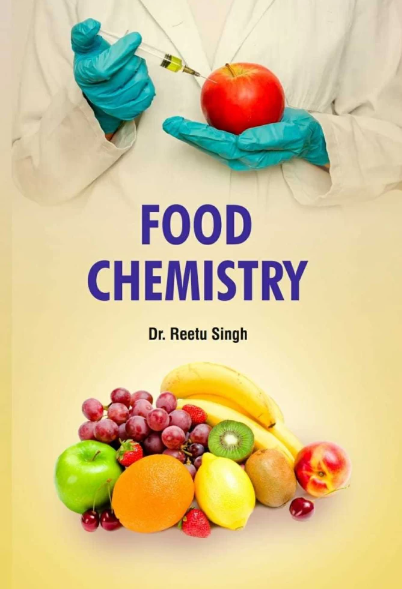发酵后的可可豆浸泡在水中可以降低可可制品中镉和镍的浓度
IF 9.8
1区 农林科学
Q1 CHEMISTRY, APPLIED
引用次数: 0
摘要
欧洲对可可制品中镉(Cd)和镍(Ni)的限制引发了人们对降低可可豆中金属浓度的兴趣。本研究评估了将新鲜发酵的豆类浸泡在水中、滗析和干燥的潜力。在中试规模上,这种“豆洗”降低了笔尖浓度,镉的因子为1.17 ± 0.07(平均 ± 95 %置信区间),镍的因子为1.27 ± 0.11。水温和补水都没有影响,但洗涤的成功与否取决于可可的品种。粉末豆的还原因子高达1.43 (Cd)和2.27 (Ni),表明运输限制阻碍了金属向水的迁移。在洗涤液中加入盐进一步将Cd还原因子提高到2.47,并且MgCl2比CaCl2更有效,表明Mg2+:Cd2+竞争植酸盐。这些发现显示了洗豆的潜力,有待进一步的产品质量和经济可行性测试。本文章由计算机程序翻译,如有差异,请以英文原文为准。
Soaking cacao beans in water after fermentation can reduce the concentrations of cadmium and nickel in cacao products
The European limits on cadmium (Cd) and nickel (Ni) in cacao products sparked interest in lowering metal concentrations in beans. This study evaluates the potential of soaking freshly fermented beans in water, decanting, and drying. This “bean washing” reduced nib concentrations by factors of 1.17 ± 0.07 for Cd (mean ± 95 % confidence interval) and 1.27 ± 0.11 for Ni at a pilot scale. Water temperature and replenishment had no effect, but the success of washing depended on the cacao variety. Reduction factors up to 1.43 (Cd) and 2.27 (Ni) were reached for powdered beans, suggesting that transport limitations impede metal migration to water. Adding salts to the wash solution further enhanced the Cd reduction factor to 2.47 and was more efficient with MgCl2 than with CaCl2, suggesting Mg2+:Cd2+ competition for phytate. These findings show the potential of bean washing, awaiting further product quality and economic feasibility tests.
求助全文
通过发布文献求助,成功后即可免费获取论文全文。
去求助
来源期刊

Food Chemistry
工程技术-食品科技
CiteScore
16.30
自引率
10.20%
发文量
3130
审稿时长
122 days
期刊介绍:
Food Chemistry publishes original research papers dealing with the advancement of the chemistry and biochemistry of foods or the analytical methods/ approach used. All papers should focus on the novelty of the research carried out.
 求助内容:
求助内容: 应助结果提醒方式:
应助结果提醒方式:


